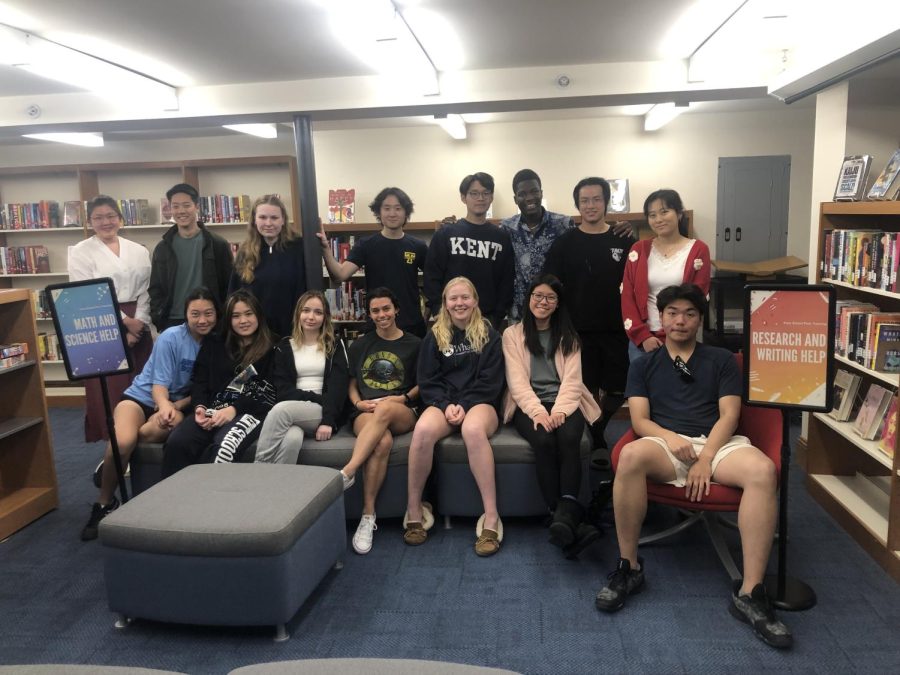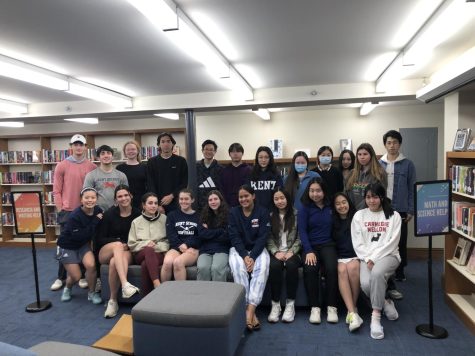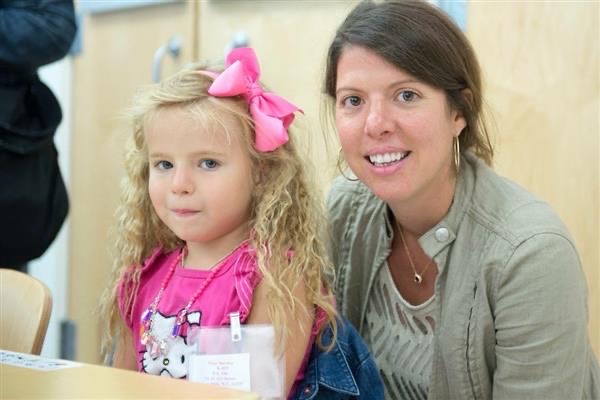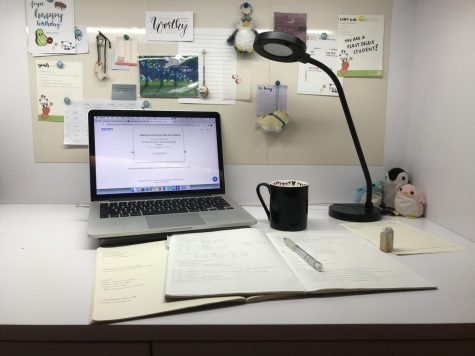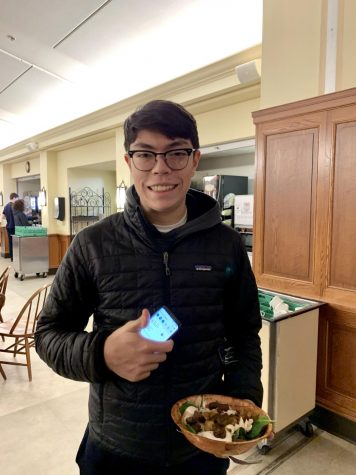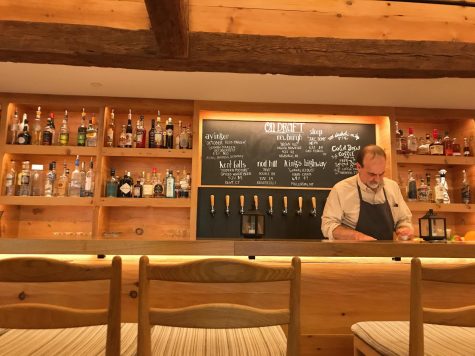Peer Tutoring Program Grows
May 23, 2022
Now in its tenth year, Peer Tutoring Program was started in 2011 by Mrs. Booth in the writing lab, with five to six students nominated by the English department. By 2013, the library began collaborating with ARC and added research as an area in which students could receive peer tutoring support. In about 2017, the math and science sector of the program was established, driven mostly by students. Throughout the past ten years, Peer Tutoring at Kent grew and flourished under the guidance of Mrs. Booth, Mrs. Pendergast, and Ms. Florio.
Currently, Ms. Florio coordinates the program and describes it as casual drop-in help during study hall when students are doing homework. The Peer Tutoring service is offered in the library, with the research and writing tutor on the right and the math and science tutor on the left, as well as in the dorms. “The goal is to create a non-threatening environment in which students get their questions answered quickly,” Ms. Florio shared.
Every spring, Ms. Florio sends out applications to prospective tutors mostly in the fifth- and sixth-forms. Regarding writing and research applications, she asks for a recommendation from the English teacher, history teacher, and the advisor, as well as a writing sample. She and Mrs. Voorhees evaluate not only the knowledge of the student but also their ability to work well with others. In terms of the application process for math and science tutors, Ms. Florio also asks for a recommendation from the math teacher, science teacher, and the advisor. As they read the applications, Mrs. Booth and Mrs. Voorhees hope to find the best combination of students to cover all the STEM courses offered at Kent.
A great listener, Ms. Florio enjoys hearing the students’ perspective and changing the program for the better. In the past few years, students have requested tutoring in the dorms and switching from tutoring over Zoom to tutoring in person, all of which Ms. Florio took into consideration while planning for the program. She also helped students initiate the foreign language sector of the program earlier this year. “I really enjoy complex ideas and making them happen, although the process might take more work, because there’s a lot of payback,” Ms. Florio chuckled.
Modern Language Chair (and teacher of French and Italian), Mrs. Benjamin supports the novel foreign language peer tutoring because it offers “an opportunity for native speakers or upper level students to help language learners build their communication skills.” On Mondays, Tuesdays, Thursdays, and Fridays, foreign language peer tutors are available in the library to help students with French, Spanish, and Chinese. While students often come in spontaneously, teachers also refer students there for specialized help for certain skills, such as speaking or grammar.
Back in the fall, Mrs. Benjamin asked each potential tutor to fill out an application describing their background in the language and reasons why they’d be a great tutor. The teachers of each modern language helped select their students and train native speakers. According to Mrs. Benjamin, it’s awesome that we have both native speakers who can help with pronunciation and listening skills and language learners who can pass on their successful experience of learning the language. “The program is really a great opportunity for cultural connections and language practice outside the classroom,” Mrs. Benjamin smiled.


